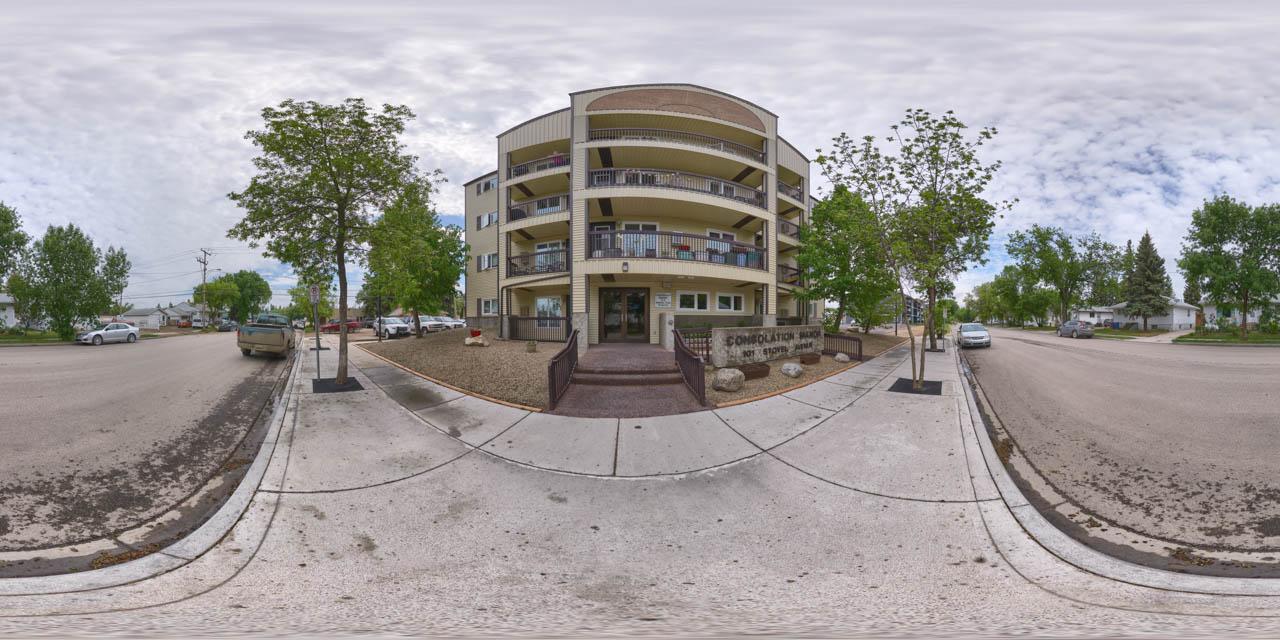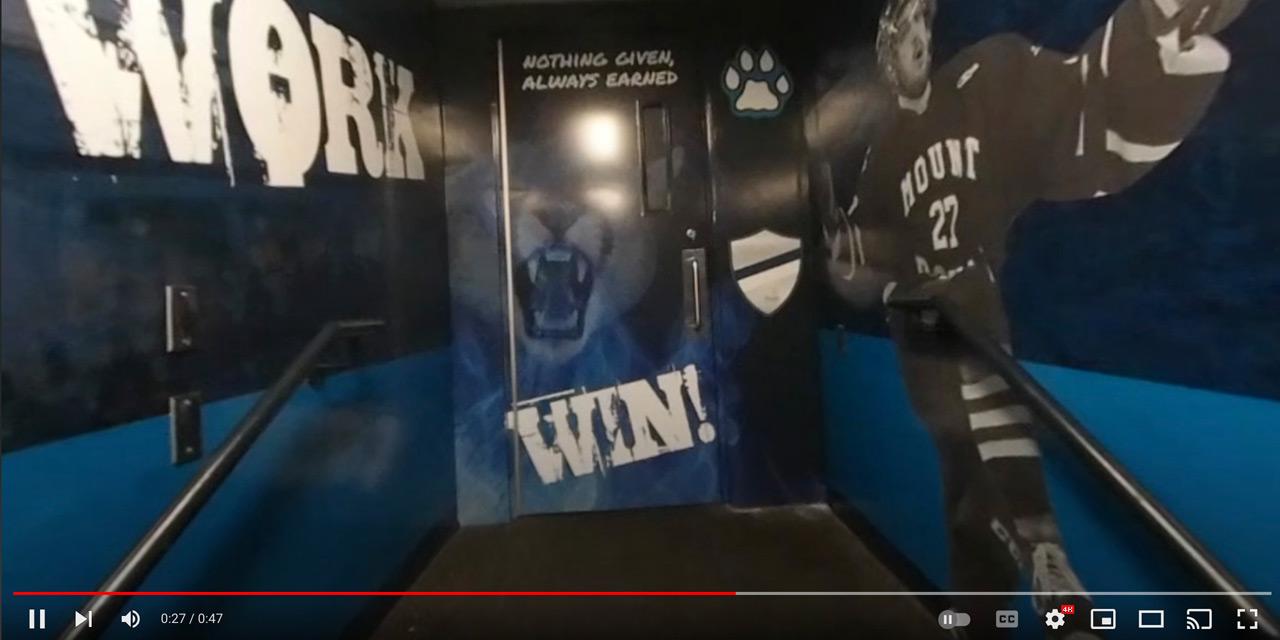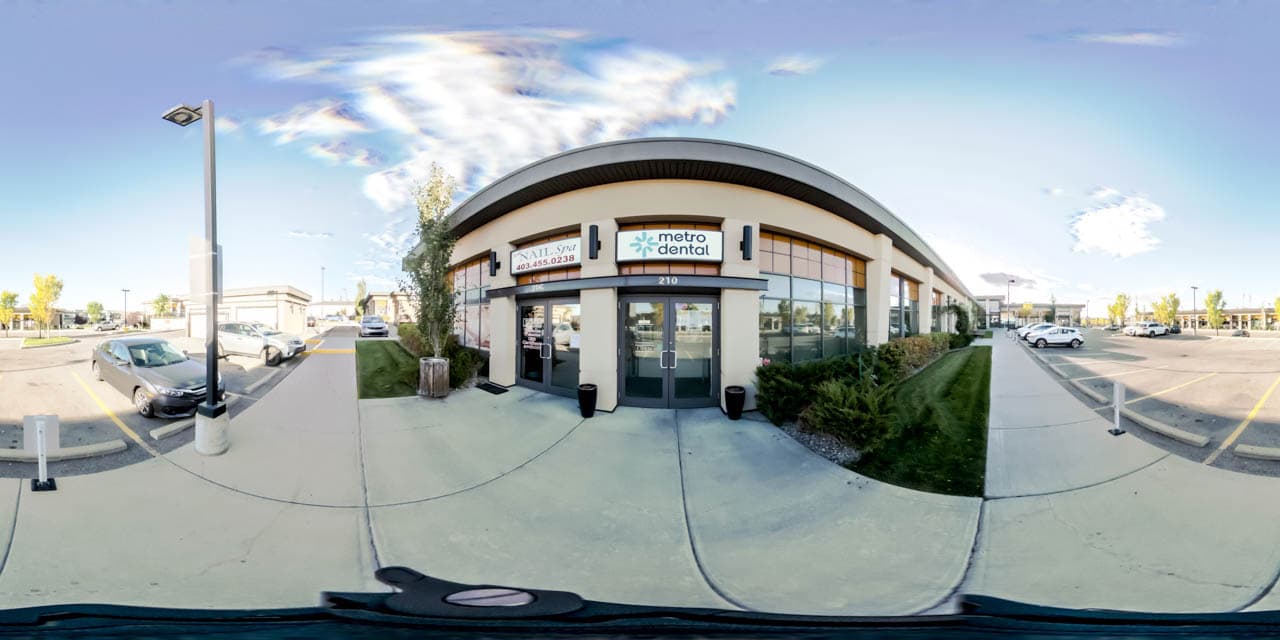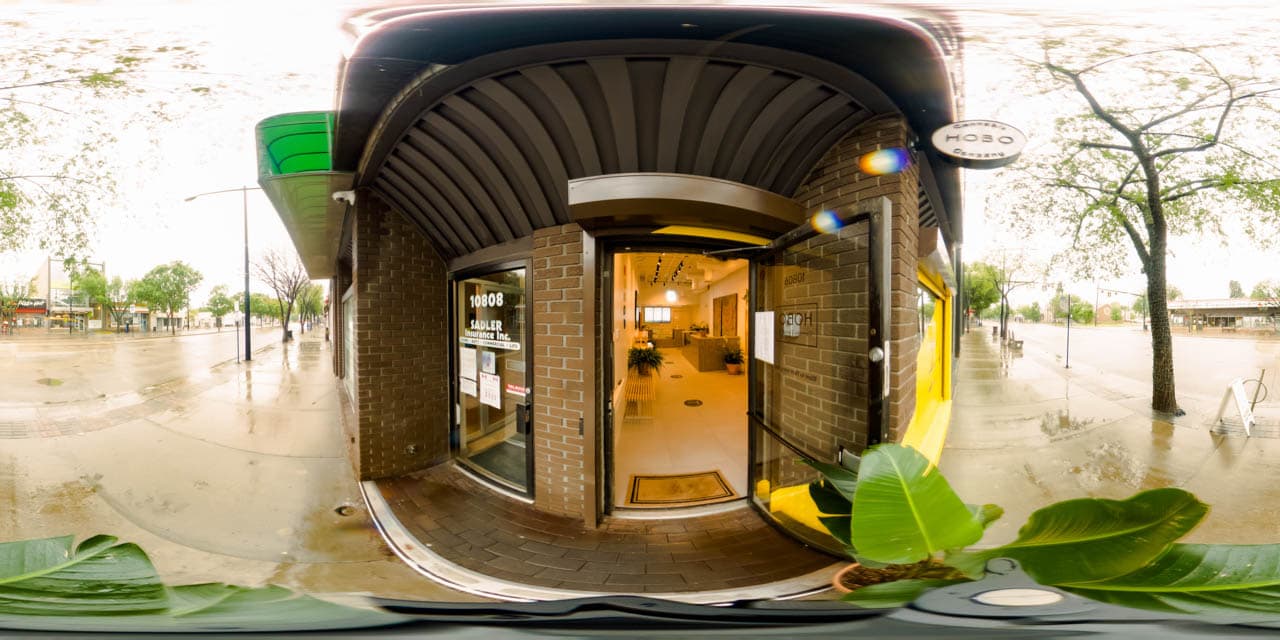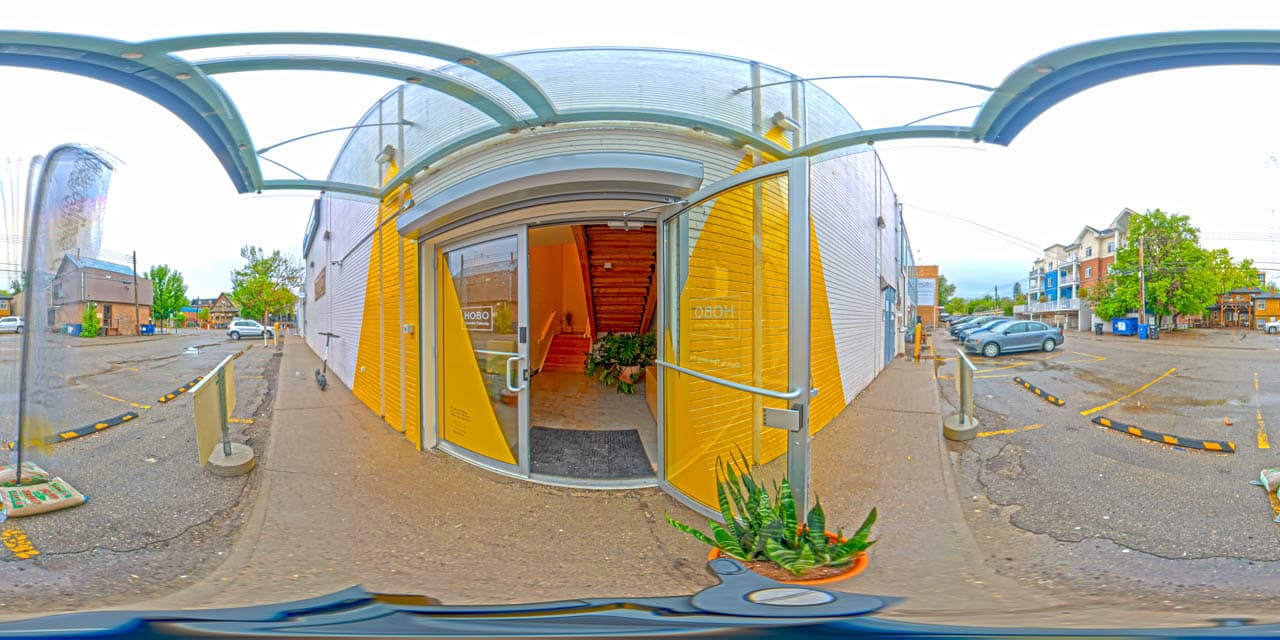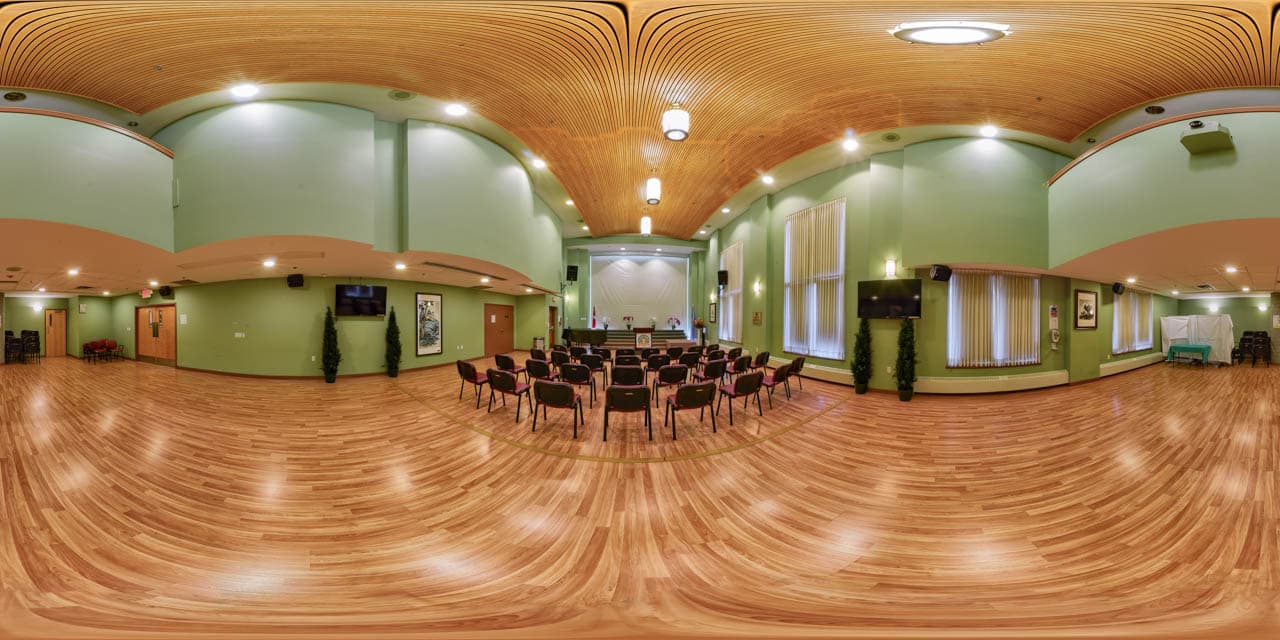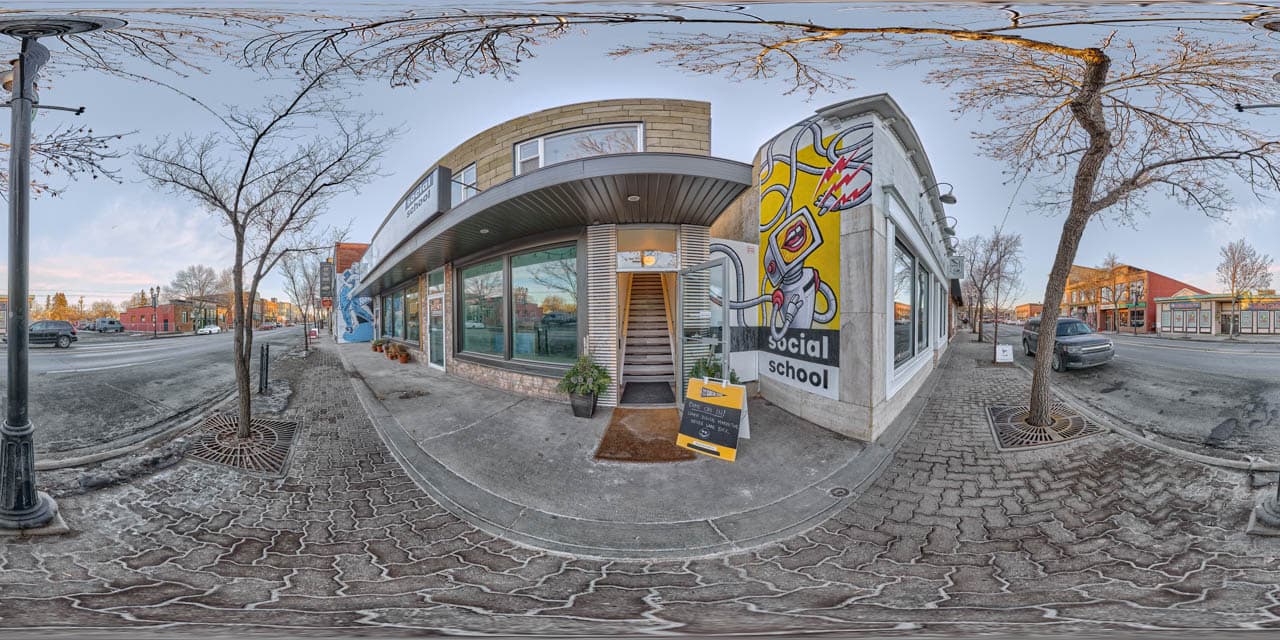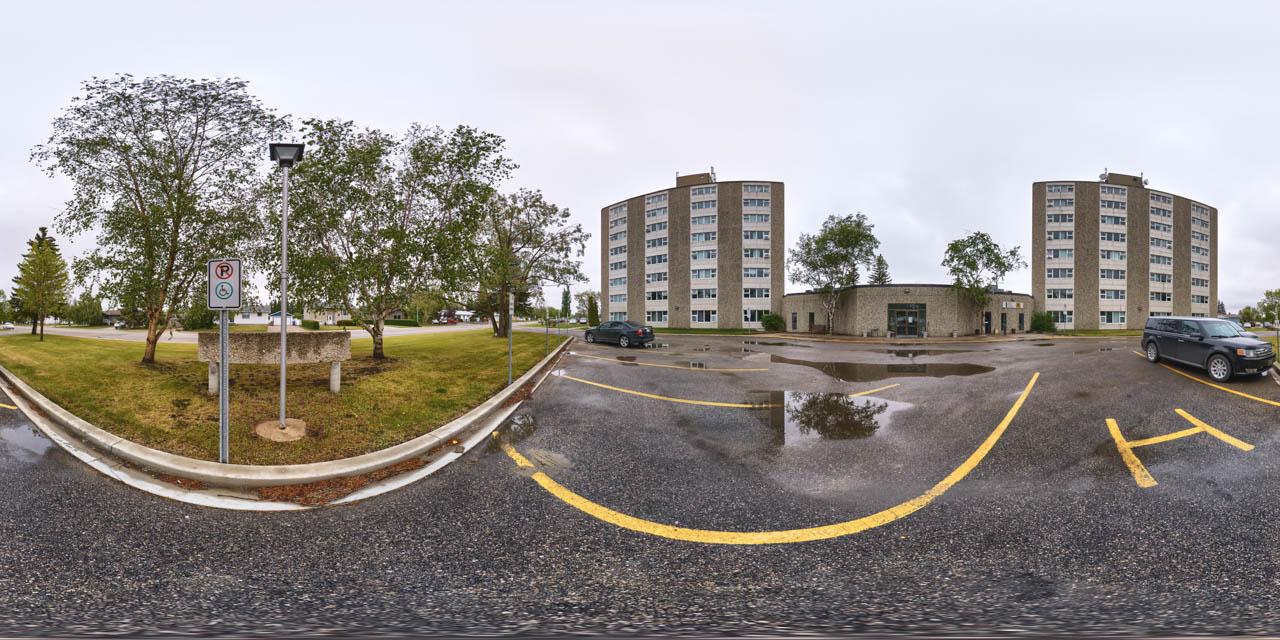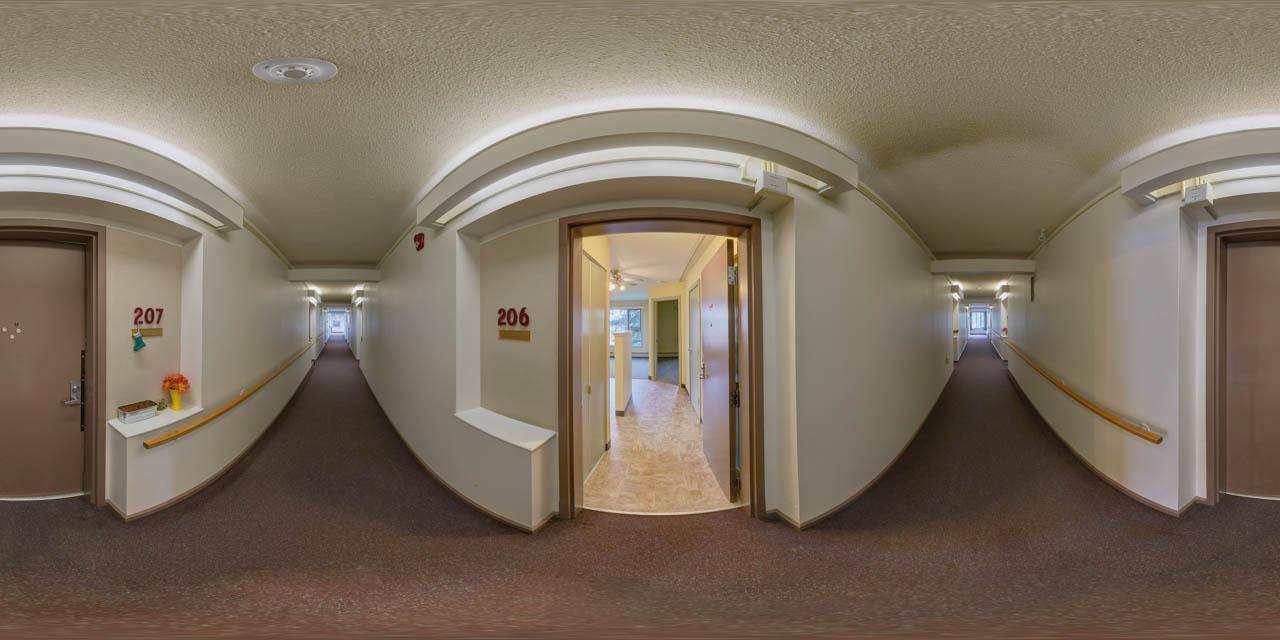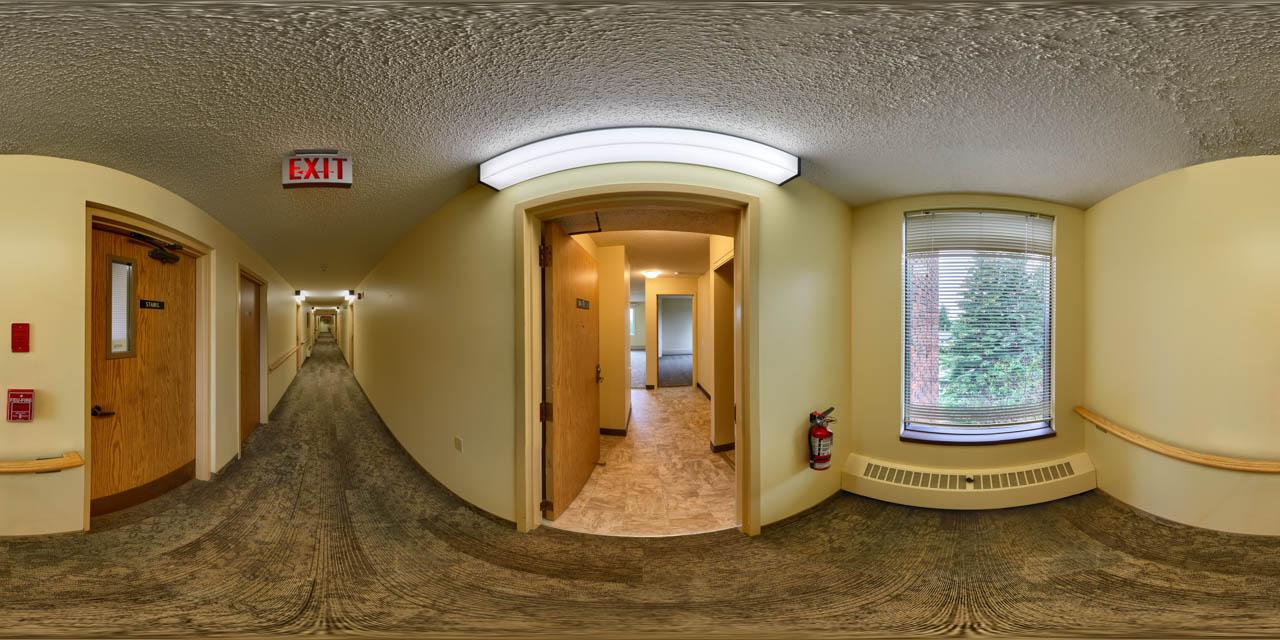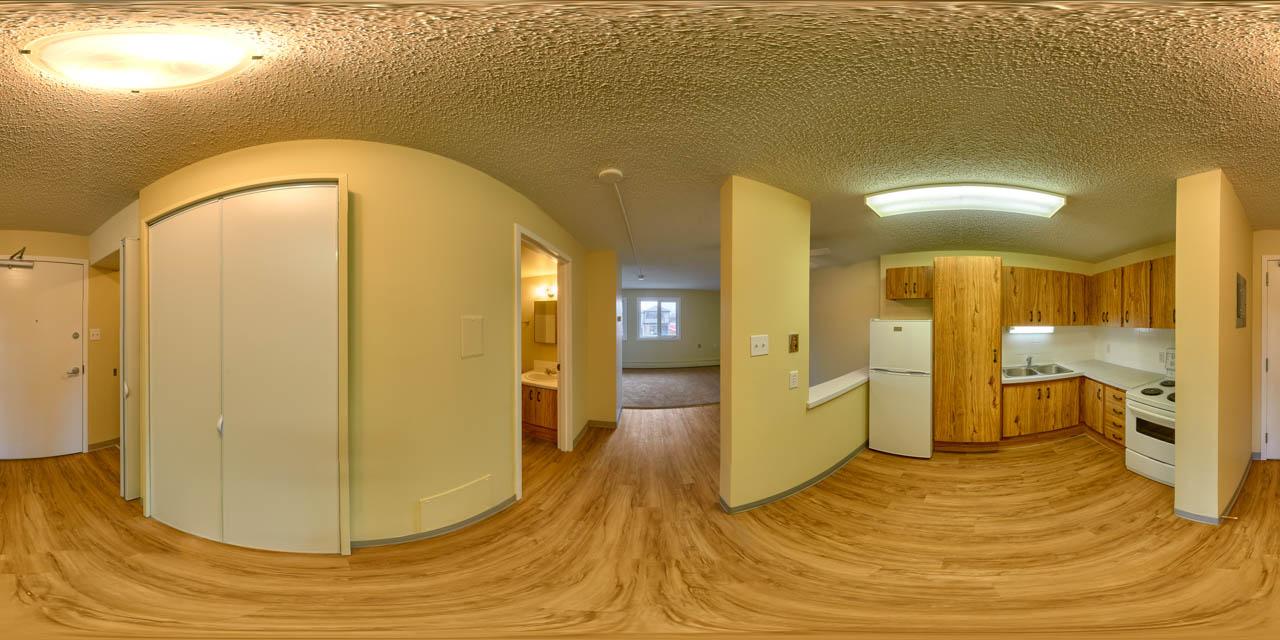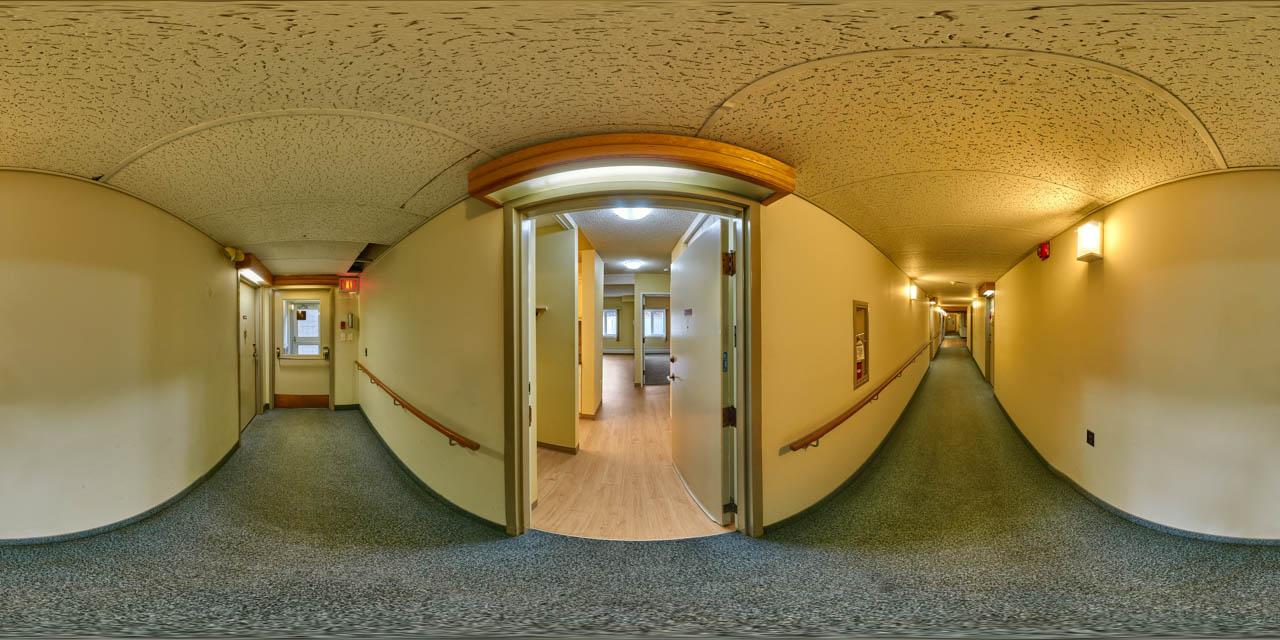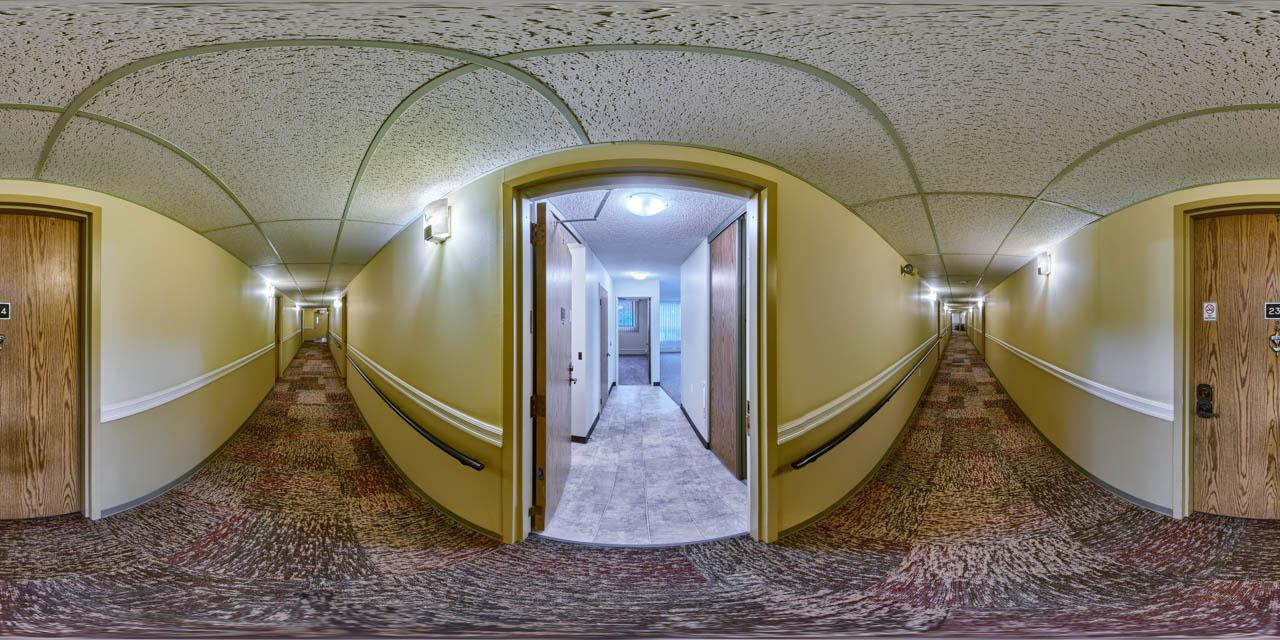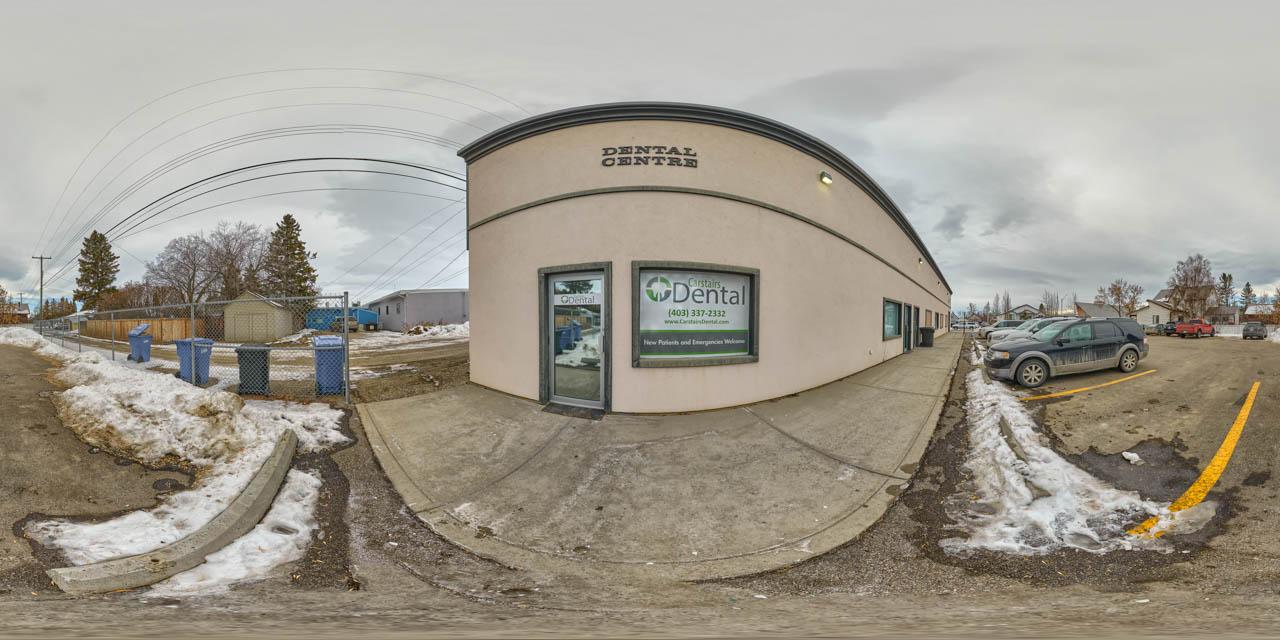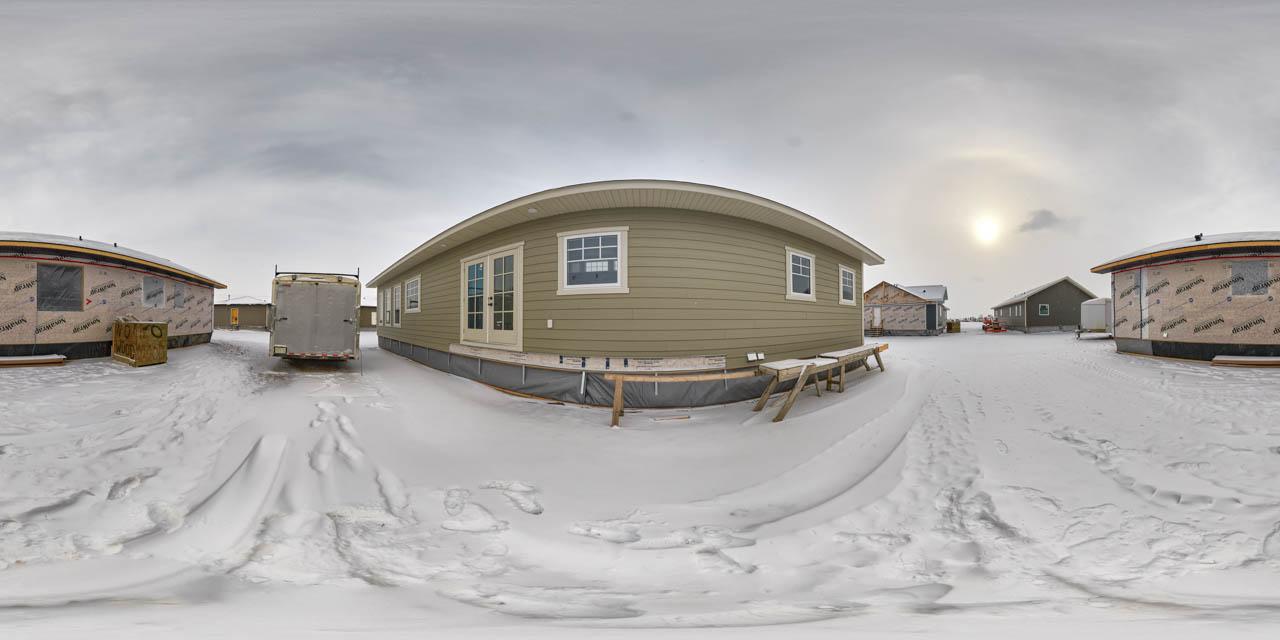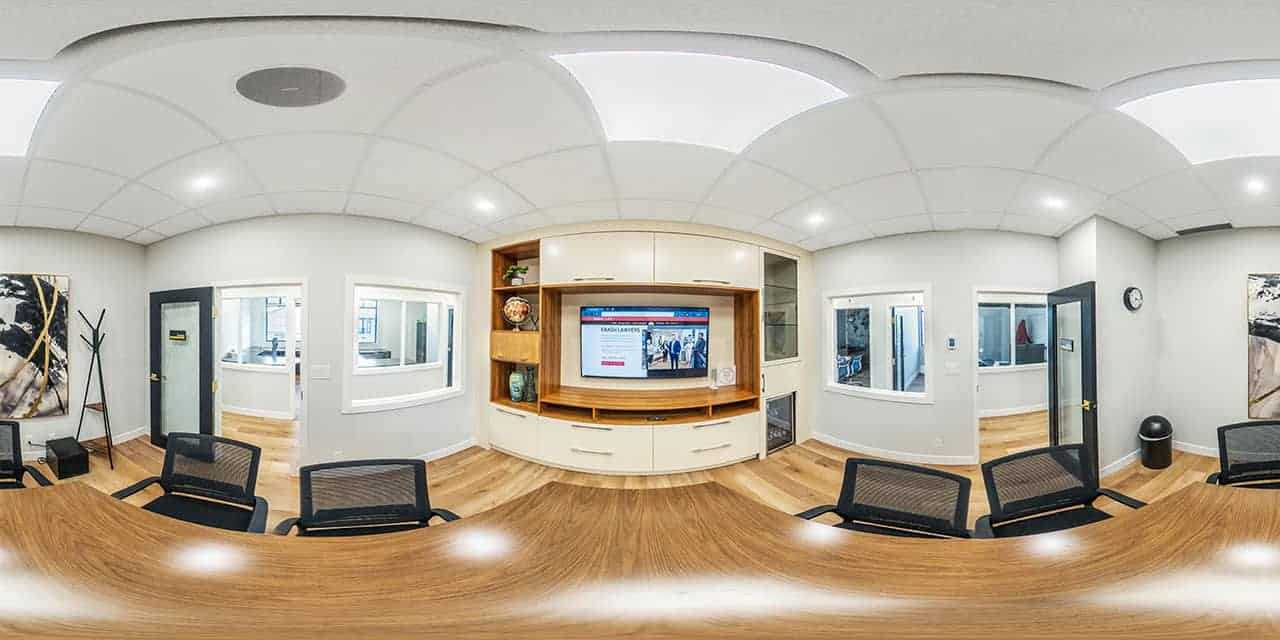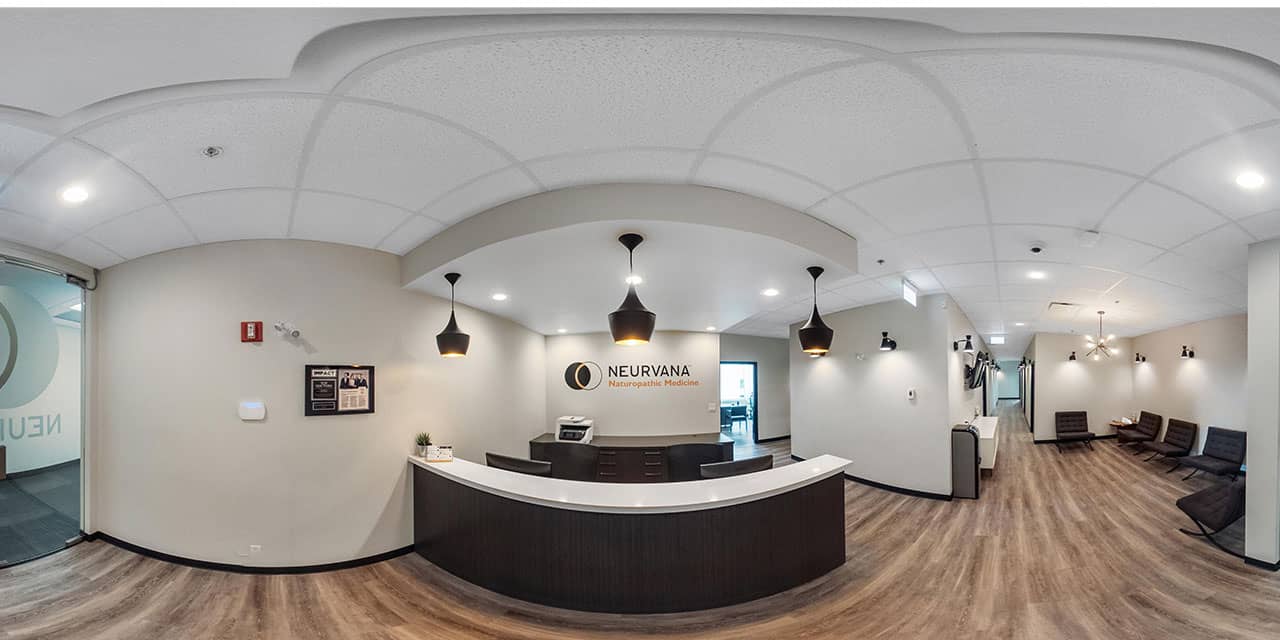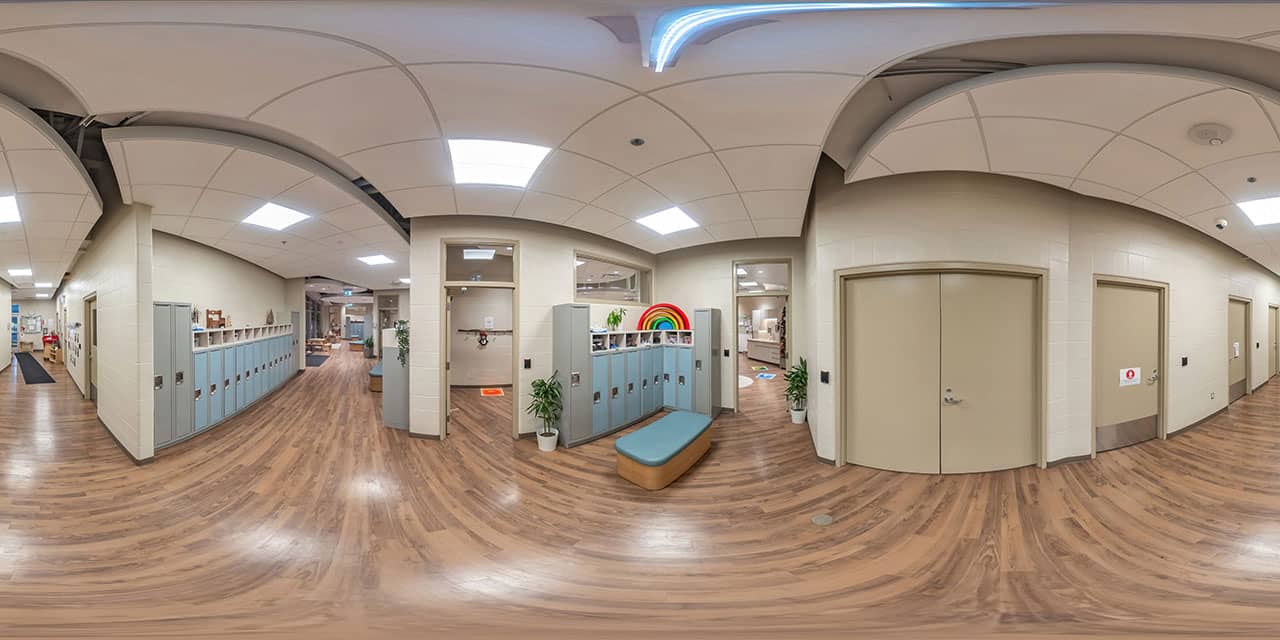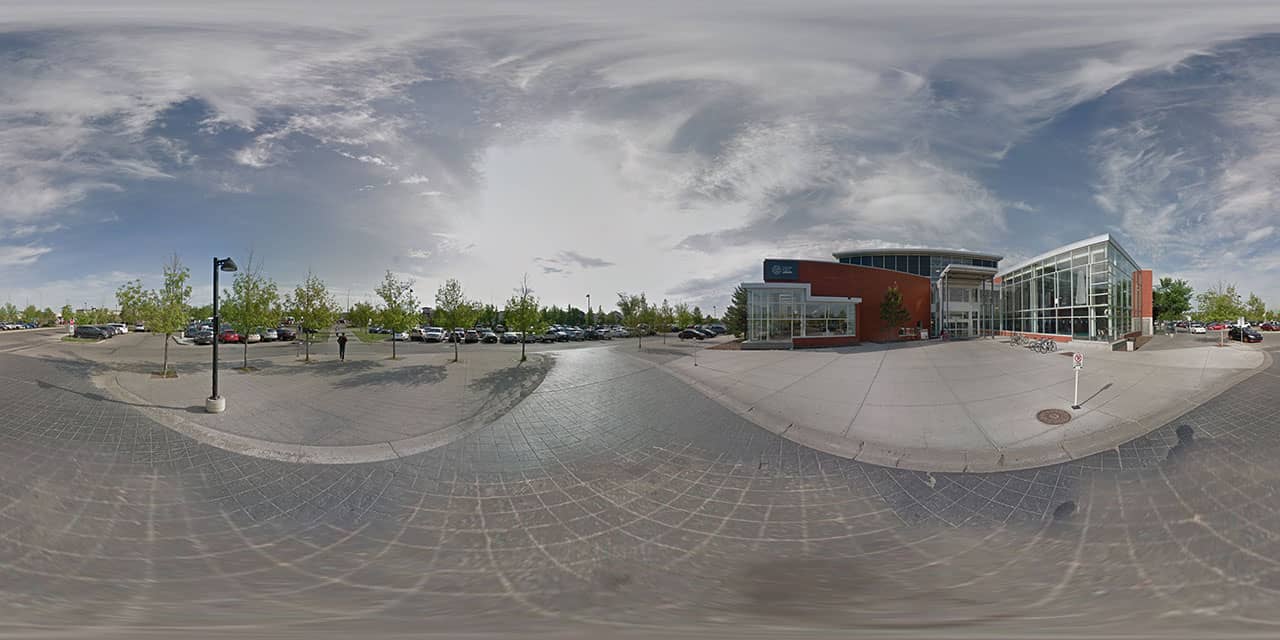In today’s fast-paced and technology-driven market, virtual tours have become an indispensable tool for real estate professionals, enabling them to provide immersive and interactive experiences that cater to potential buyers’ evolving needs and preferences.
In this article, we will explore the transformative power of virtual tours in the Canadian real estate industry, delving into their benefits for real estate professionals and examining how they are reshaping the landscape for property transactions across the country.
Virtual Tours in the Real Estate Market
In the real estate industry context, virtual tours refer to interactive, digital representations of properties that allow users to explore and navigate through a space using their computer, tablet, or smartphone. These tours typically feature 360-degree panoramic images, videos, and multimedia elements, providing an immersive and realistic experience simulating an in-person property visit.
How Virtual Tours Differ from Traditional Property Showings
Virtual tours differ from traditional property showings in several key ways:
- Accessibility: Unlike traditional showings, which require prospective buyers to visit a property physically, virtual tours can be accessed and viewed remotely from anywhere.
- Efficiency: Virtual tours allow users to explore multiple properties quickly without needing to travel between locations, making the property selection process more efficient and convenient.
- Interactivity: Virtual tours often include interactive features, such as hotspots, floor plans, and information overlays, that provide users with additional information and context about a property.
- Customization: Real estate professionals can customize virtual tours to highlight specific features, amenities, or selling points of a property, catering to the unique needs and preferences of their target audience.
Advantages of Virtual Tours for Real Estate Professionals and Prospective Buyers
Virtual tours offer numerous advantages for both real estate professionals and prospective buyers, including:
- Increased exposure: Virtual tours can significantly expand a property’s reach and visibility, attracting potential buyers nationwide and worldwide.
- Enhanced marketing: Virtual tours can be easily integrated into a real estate professional’s marketing strategy as a powerful tool to showcase properties on websites, social media platforms, and online listings.
- Higher engagement: Virtual tours’ immersive and interactive nature can lead to higher user engagement, increasing the likelihood of generating interest and inquiries from potential buyers.
- Time and cost savings: By reducing the need for in-person property visits, virtual tours can save time and resources for real estate professionals and prospective buyers.
- Safety and convenience: In light of the COVID-19 pandemic, virtual tours provide a safe and convenient alternative to traditional property showings, minimizing the risk of exposure and adhering to social distancing guidelines.
By understanding the concept of virtual tours and their advantages, it becomes clear how they are transforming the real estate industry in Canada and why they have become indispensable tools for real estate professionals and prospective buyers alike.
Challenges and Considerations
While virtual tours offer numerous benefits for real estate professionals and prospective buyers, challenges and considerations must be addressed.
Technical Requirements and Limitations of Virtual Tours
One of the challenges associated with virtual tours is the technical requirements and limitations involved in creating and hosting them. High-quality virtual tours require specialized equipment, such as 360-degree cameras and software for stitching images together and creating interactive walkthroughs. Real estate professionals may need to invest in new technology or partner with a specialized service provider to create virtual tours.
Additionally, virtual tours can be data-intensive and require significant bandwidth to load and stream smoothly. This can be a concern for users with slow internet connections or limited data plans, potentially affecting the user experience and limiting the accessibility of virtual tours for some prospective buyers.
Ensuring Accuracy and Transparency in Virtual Property Representations
Another challenge in virtual tours is ensuring accuracy and transparency in virtual property representations. Real estate professionals must provide an honest and accurate portrayal of a property, avoiding any manipulation or enhancement that could mislead potential buyers. This includes being transparent about any defects or issues with the property and providing up-to-date information on the property’s features and amenities.
Balancing Virtual Tours with Traditional Property Showings for Certain Buyers
While virtual tours can be a valuable tool in the property search, they may only partially replace traditional property showings for some buyers. Some buyers may still prefer the tactile experience of visiting a property in person and may require additional reassurance before deciding based solely on a virtual tour. Real estate professionals should be prepared to balance virtual tours with traditional property showings to cater to the preferences and needs of different buyers.
Overcoming Resistance and Skepticism Towards Virtual Tours in the Industry
Finally, there may be resistance and skepticism towards virtual tours within the real estate industry, particularly among professionals accustomed to traditional property marketing and sales methods. To overcome this resistance, it is essential to educate real estate professionals about the benefits of virtual tours and provide them with the necessary tools and resources to implement virtual tours effectively. This may include offering training and support, sharing success stories, and demonstrating virtual tours’ value in client satisfaction, efficiency, and return on investment.
Conclusion
In conclusion, the Canadian real estate industry is experiencing a virtual revolution, with virtual tour businesses playing a significant role in shaping the future of property transactions. Embracing virtual tours, like those offered by 360 Vid Virtual Tours, provides long-term benefits and opportunities for real estate professionals, such as enhanced property showcasing, expanded reach, and improved client satisfaction.
As the industry adapts to the fast-paced, technology-driven market, real estate professionals must take advantage of the competitive edge offered by virtual tours and integrate them into their business strategies. By utilizing services like 360 Vid Virtual Tours, they’ll not only cater to potential buyers’ evolving needs and preferences but also position themselves as industry leaders in the rapidly transforming Canadian real estate market.
Featured Virtual Tours
Locations
We travel Canada-wide. Don’t see your location listed? Contact us.
Provinces We Serve
Cities We Serve
Cities We Serve
Cities We Serve
Cities We Serve
Cities We Serve
Cities We Serve
Cities We Serve
Cities We Serve
Cities We Serve
Cities We Serve
Cities We Serve
What Our Clients Say
Connect With Us
Are you a Business Owner? Or just have a general question? Let us know. We’re happy to help!

















